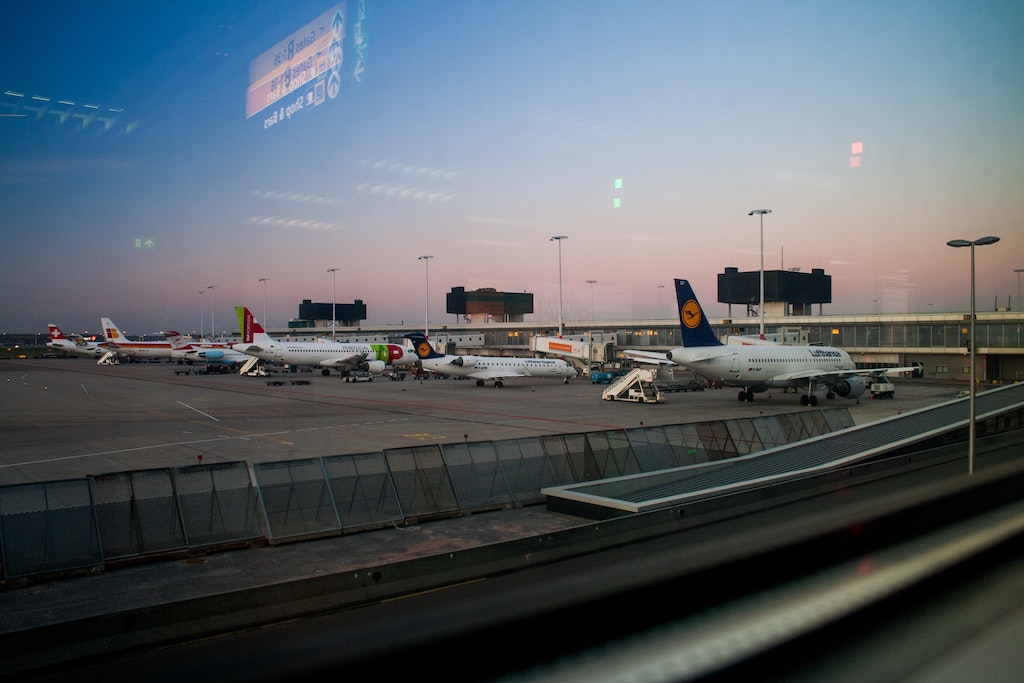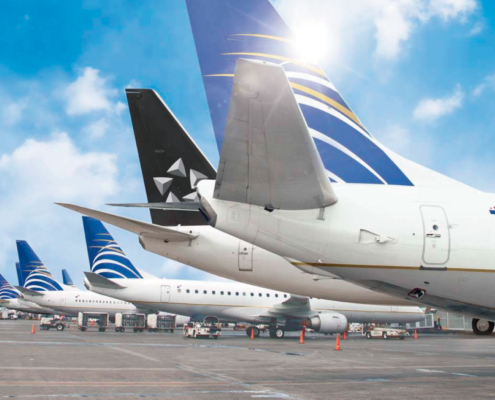Digital acceleration in the port sector
The shipping sector has been characterized by being very traditional and not very adventurous when it comes to implementing new solutions that imply drastic changes in its behavior. However, the port industry has grown in the last 3 months than in the last 3 years, and all due to the Covid-19 pandemic.
Currently, it has been possible to evidence a striking trend for the implementation of digital tools and platforms aimed at the digital transformation of ports and shipping companies. This without leaving aside those aimed at cybersecurity that today has become a primary concern for any sector.
The technological implementation in the port sector is considered the second major transformation of the industry after the creation of containers, taking as one of the main contributions the digitization and automation of processes. The implementation of software that performs merchandise traceability and the interconnection of ports are just some of the improvements that the sector has received, and can only provide greater visibility and confidence in the port industry.
However, the change in the sector is not only limited to technological tools. There is also hard work together to encourage ecological work practices such as the development of green hydrogen for the decarbonization of maritime transport that can offer greater sustainability to the industry.
These are great advances for an industry that has always been considered extremely conservative. However, the need to face a situation like the pandemic has provided numerous opportunities for startups and venture capital companies to enter an industry that generates billions of dollars a year.


 Although the Colombian government reported that international flights will be able to operate from September 1, many airlines are waiting for the reactivation of
Although the Colombian government reported that international flights will be able to operate from September 1, many airlines are waiting for the reactivation of  In this sense, the Minister of Transport
In this sense, the Minister of Transport